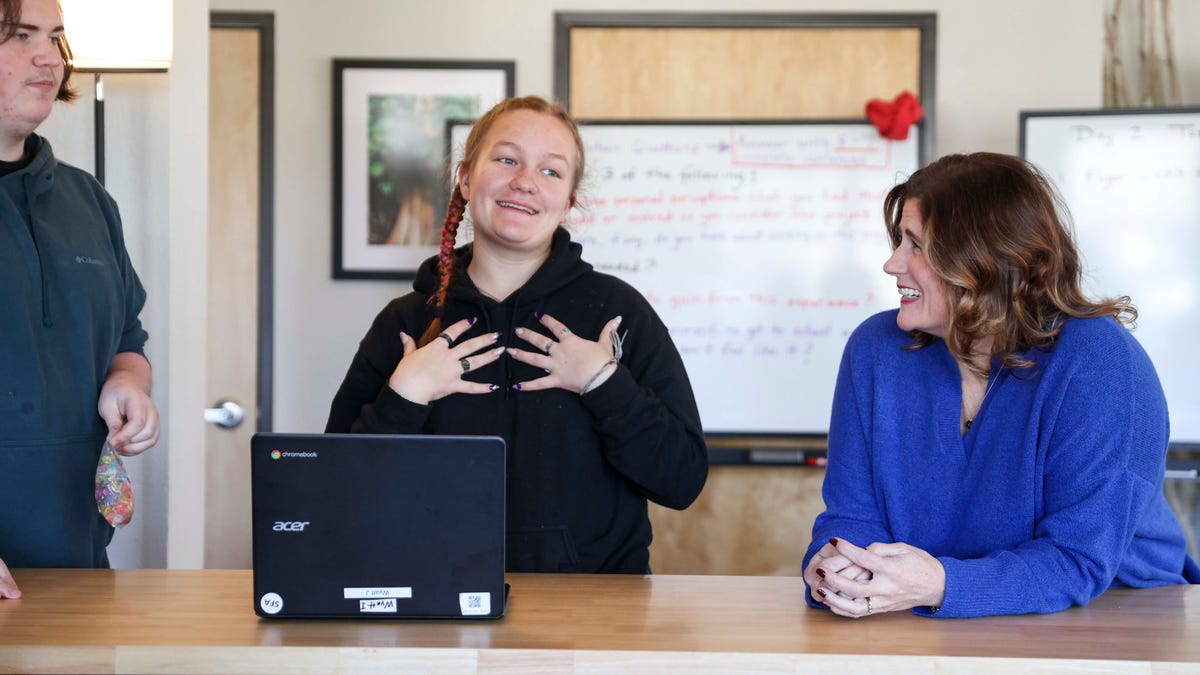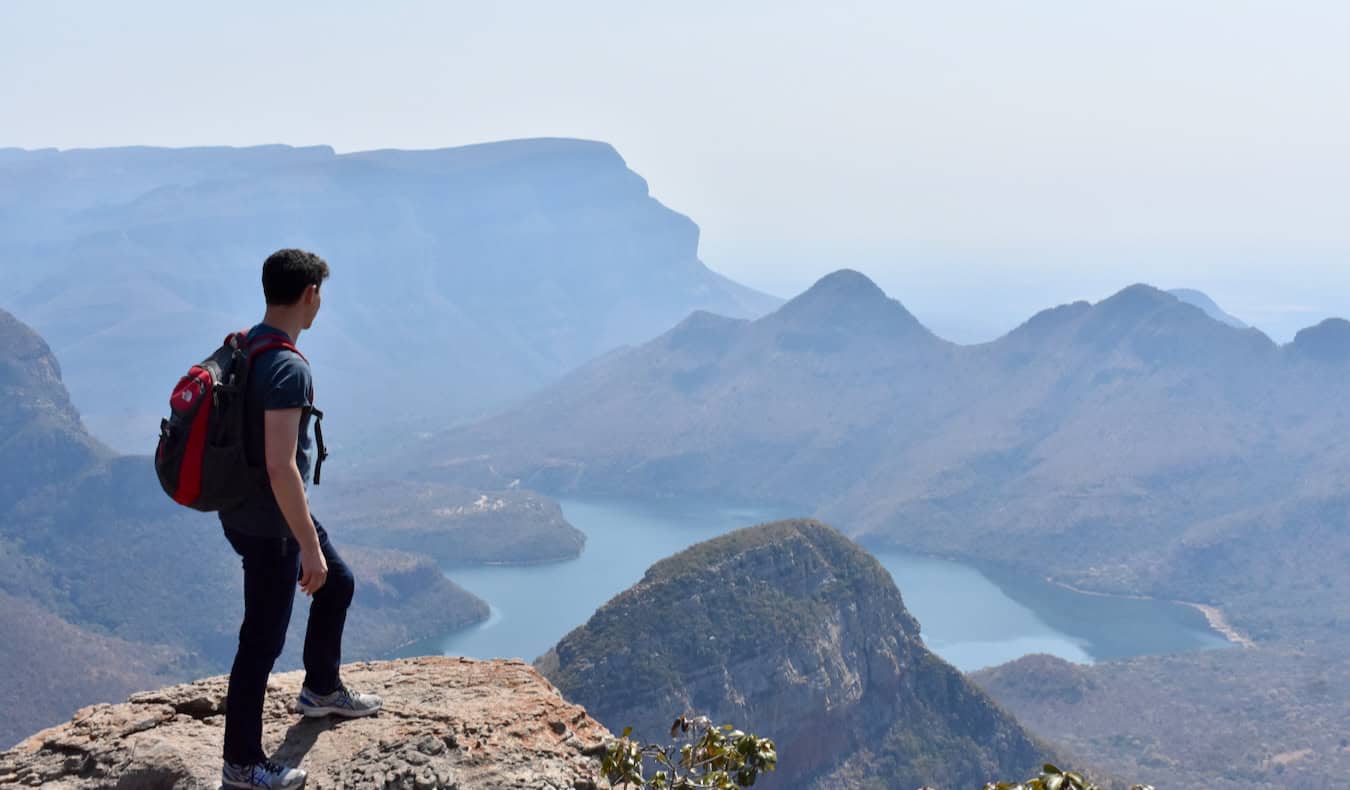Category: Breaking
-

Here’s how a cruise can earn you faster JetBlue Mosaic status
Want to earn elite status in JetBlue’s TrueBlue program twice as fast? If you’re planning a cruise, listen up. Book a cruise through JetBlue Vacations between Feb. 28 and March 31 that departs by Dec. 31, 2025, and you can earn double Tiles. Tiles are the company’s metric for determining JetBlue Mosaic elite status…
-

Amazon’s Alexa+ Reflects PYMNTS’ 2023 Insights on Voice Tech
With Alexa receiving a refresh on Wednesday (Feb. 26), it was interesting to revisit research published by PYMNTS in April 2023. A PYMNTS Intelligence report, “How Consumers Want to Live in the Voice Economy,” published nearly two years ago, predicted the growing impact of voice technology on consumer behavior, highlighting its potential to transform daily…
-

UN health agencies partner to stem cholera outbreak in Sudan
As a cholera outbreak worsens in Sudan, UNICEF reports the heightened risk to thousands of children and works with other health agencies to protect those at risk in a country already devastated by ongoing violent conflict. By Sr. Jecinter Antoinette Okoth, FSSA In response to a rapidly growing cholera outbreak threatening thousands of lives, the…
-

Willamette Health Council awards schools $100K for health projects
Salem-Keizer Public Schools: Take a look inside the district Here are some basic facts to know about Salem-Keizer Public Schools. The Willamette Health Council has awarded nearly $3 million in grants to 34 local organizations in Marion and Polk counties, including three school districts. Silver Falls School District, Gervais School District and the Willamette Education…
-

Slaying Monsters With Swords and Sympathy
Massive reptiles bask on sunlit rocks as golden grass ripples gently in the breeze. You might be a seasoned monster hunter, a master of slaying beasts with a gleaming blade, but a companion urges you to pause and observe the world around you. A button press allows you to focus on the radiant creatures before…
-
WI natural gas plant would harm our health, environment
Gas power plants, in addition to emitting greenhouse gases, pollute the air with nitrogen oxides, sulfur dioxide, particulate matter and volatile organic compounds Jonathan Patz | Special to Milwaukee Journal Sentinel Opponents of We Energies natural gas plants fear harm to environment We Energies planned natural gas plants in the Town of Paris will create…
-

Katy Perry joins Gayle King and Jeff Bezos’ fiancee on rocket to space
It seems all the preparations Katy Perry made to host the MTV Video Music Awards in 2017 are going to come in handy — this time on an actual trip to space. “I’ve been training with @MTV in zero gravity, eating astronaut ice cream, and I’m on a group text with Buzz Aldrin and Neil…
-

I’m Releasing a New Book!
Big news! I am releasing a new book! It’s a massively updated version of my NYT bestselling travel guide, How to Travel the World on $50 a Day. Except this new edition is called How to Travel the World on $75 a Day. Why the new edition? Well, because of inflation…and the changed way we…
-

Is ‘Nickel Boys’ streaming anywhere? Here’s where to watch it.
Gracing the top three on our list of the best films of 2024, Nickel Boys is truly transformative. An adaptation of Colson Whitehead’s Pulitzer Prize-winning novel of the same name, it relies heavily on first-person POV shots to tell the story of a violent reform school in Jim Crow-era Florida from the perspective of its…
-

Hiking in the Footsteps of the Incas
When I finally decided to visit Peru, I knew one thing: I wanted to hike with the company that Mark Adams, my friend and fellow travel writer, used for his book Turn Right at Machu Picchu. The stories he shared about his treks and what he learned on them convinced me that those were the…